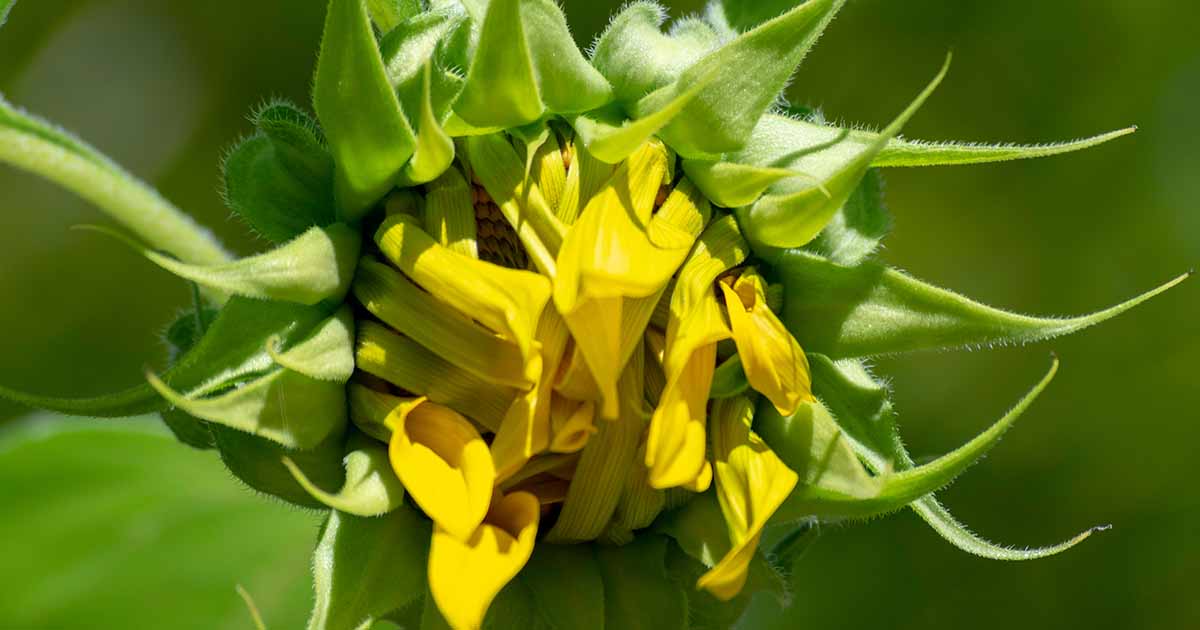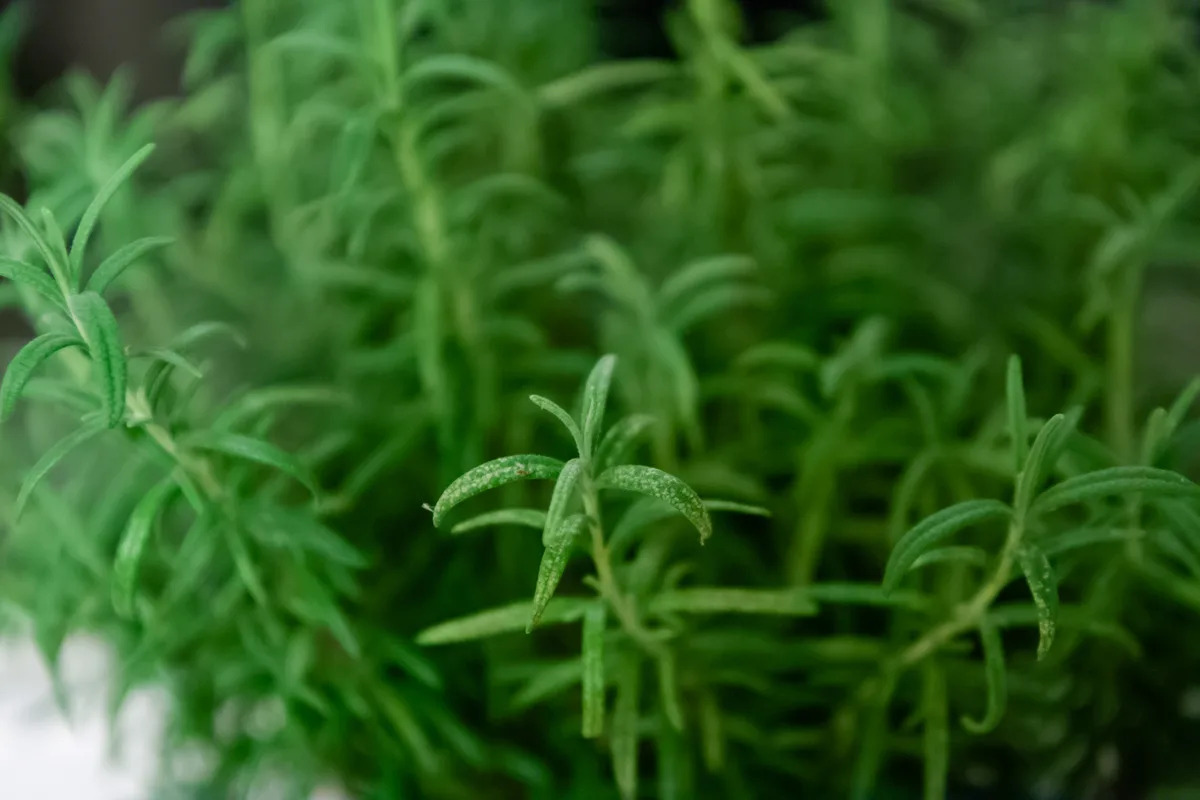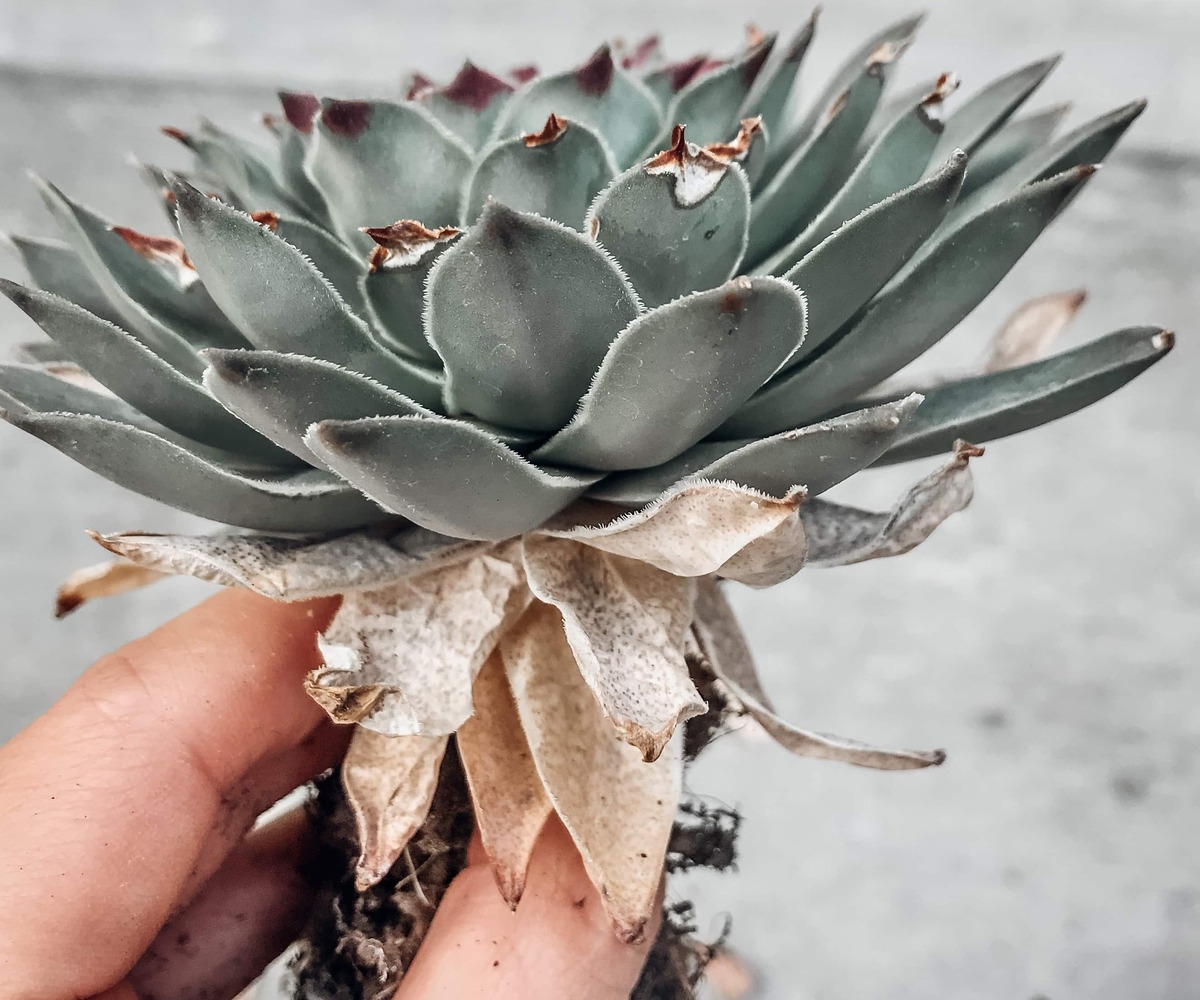Home>Types of Gardening>Ornamental Gardening>Why Are My Sunflowers Closed


Ornamental Gardening
Why Are My Sunflowers Closed
Published: December 22, 2023
Discover the reasons why your sunflowers may be closed and learn how to care for them in your ornamental garden. Explore tips for nurturing healthy sunflowers.
(Many of the links in this article redirect to a specific reviewed product. Your purchase of these products through affiliate links helps to generate commission for Chicagolandgardening.com, at no extra cost. Learn more)
Table of Contents
Introduction
Understanding the Fascination of Sunflowers
Sunflowers, with their vibrant petals and imposing stature, have long captivated the hearts of gardening enthusiasts and nature lovers alike. These iconic blooms, known scientifically as Helianthus annuus, are renowned for their remarkable ability to track the sun's movement throughout the day, a phenomenon known as heliotropism. The mesmerizing sight of a sunflower field, with its radiant blooms swaying in unison, is a testament to nature's unparalleled beauty.
Beyond their visual allure, sunflowers hold a special place in various cultures and traditions. In many societies, these golden blooms symbolize adoration, loyalty, and longevity, making them a popular choice for celebratory occasions and heartfelt gestures. Furthermore, sunflowers play a crucial ecological role, attracting pollinators and contributing to the biodiversity of their surrounding ecosystems.
As an ornamental gardener, witnessing the gradual unfurling of sunflower buds into resplendent blooms can be a source of immense joy and fulfillment. However, encountering closed or drooping sunflower heads can be perplexing and concerning, prompting the question, "Why are my sunflowers closed?" In this article, we will delve into the multifaceted factors that influence sunflower behavior, shedding light on the potential reasons behind closed sunflower heads and offering insights into nurturing these magnificent plants to their full potential. Let's embark on a journey to unravel the mysteries of sunflower behavior and cultivate a deeper appreciation for these enchanting floral wonders.
Understanding Sunflower Behavior
Before delving into the specific reasons for closed sunflower heads, it is essential to grasp the natural behavior and lifecycle of these majestic blooms. Sunflowers, characterized by their heliotropic nature, exhibit a remarkable ability to orient themselves in response to the sun’s movement across the sky. This phenomenon, known as heliotropism, is particularly prominent in young sunflower buds, which actively track the sun from east to west throughout the day, maximizing their exposure to sunlight.
As sunflowers mature and transition to the reproductive stage, their heliotropic behavior gradually diminishes, and the blooms typically face eastward, basking in the morning sun. This eastward orientation is believed to enhance pollination efficiency, as it allows the blooms to attract a greater number of pollinators during the peak foraging hours.
Furthermore, sunflowers undergo a fascinating developmental journey, progressing from tightly closed buds to fully open blooms that radiate warmth and vitality. Understanding the intricate stages of sunflower growth, from bud formation to seed maturation, is pivotal in comprehending the factors that can influence their behavior and appearance.
By gaining insight into the natural tendencies and life cycle of sunflowers, we can better appreciate the nuances of their behavior and respond effectively when faced with the enigma of closed sunflower heads. Now, let’s explore the environmental factors that can contribute to this phenomenon and the measures to nurture thriving sunflowers.
Environmental Factors
The behavior of sunflowers, including the opening and closing of their vibrant blooms, is intricately linked to environmental conditions. One of the primary factors influencing sunflower behavior is temperature. Extreme heat, particularly during the peak of summer, can prompt sunflowers to close their blooms as a protective mechanism to conserve moisture and prevent dehydration. Conversely, unseasonably cold temperatures, especially during the budding stage, may also lead to the temporary closure of sunflower heads to shield the developing florets from potential frost damage.
In addition to temperature fluctuations, wind intensity plays a significant role in influencing sunflower behavior. Strong winds can exert stress on the stems and petals of sunflowers, prompting them to close their blooms temporarily as a defensive response. This natural adaptation helps mitigate potential damage and ensures the resilience of the blooms in the face of adverse weather conditions.
Moreover, the availability of sunlight directly impacts the behavior of sunflowers. Insufficient sunlight, whether due to overcast skies or shading from neighboring plants, can cause sunflower heads to remain closed for prolonged periods. Adequate exposure to sunlight is essential for stimulating the photosynthetic processes within the blooms, promoting robust growth and the eventual unfurling of the radiant petals.
Furthermore, soil moisture levels significantly influence sunflower behavior. Prolonged periods of drought can prompt sunflowers to close their blooms as a survival mechanism, conserving precious moisture reserves to sustain their growth and development. Conversely, excessive moisture, particularly in poorly drained soil, can lead to waterlogged conditions that may also result in closed sunflower heads due to physiological stress.
Understanding the intricate interplay between environmental factors and sunflower behavior is pivotal in nurturing these resilient blooms and fostering optimal growing conditions. By acknowledging and addressing the impact of temperature, wind, sunlight, and soil moisture, ornamental gardeners can proactively support the flourishing of sunflowers and revel in the enchanting display of their open, sun-kissed blooms.
Growth Stage
The developmental stage of sunflowers exerts a profound influence on their behavior, particularly regarding the opening and closing of their iconic blooms. As sunflower buds progress through the initial stages of development, they may exhibit variations in their propensity to open fully or remain closed, reflecting the dynamic nature of their growth journey.
During the early bud formation phase, sunflowers may display a tendency to keep their blooms partially closed, a natural inclination that safeguards the delicate florets within from potential environmental stressors. This protective posture serves to shield the developing reproductive structures from adverse weather conditions and provides a conducive environment for the gradual maturation of the florets.
As the sunflower buds approach the pre-blooming stage, characterized by the gradual enlargement and elongation of the florets within the tightly clustered bud, the blooms may remain closed as they undergo internal physiological transformations in preparation for the imminent flowering process. This phase of closed sunflower heads signifies the intricate orchestration of internal developmental processes, culminating in the much-anticipated unfurling of the radiant petals.
Furthermore, as sunflowers transition to the flowering stage, the timing and duration of bloom opening can vary based on the specific cultivar, environmental conditions, and genetic predispositions. Some sunflower varieties may exhibit a rapid and synchronized opening of their blooms, creating a breathtaking spectacle of golden radiance, while others may unfurl their petals gradually over an extended period, adding an element of anticipation and intrigue to the blooming process.
Additionally, as sunflowers progress through the post-flowering phase and the subsequent seed maturation period, the behavior of the blooms may undergo further changes. The gradual closure of the blooms as the seeds reach maturity signifies the transition of the sunflower’s focus from reproductive vitality to seed development and maturation, marking the culmination of the growth cycle.
Understanding the nuanced interplay between the growth stages of sunflowers and their behavior provides valuable insights for ornamental gardeners seeking to nurture these captivating blooms to their full potential. By recognizing the inherent dynamics of sunflower development and adapting cultivation practices accordingly, enthusiasts can cultivate a deeper appreciation for the captivating evolution of these floral wonders.
Pests and Diseases
While sunflowers are renowned for their resilience, they are not immune to the potential impact of pests and diseases, which can manifest in ways that influence the behavior of the blooms, including the closure of sunflower heads. Understanding the common culprits and their effects is crucial in safeguarding the health and vitality of these vibrant floral treasures.
One prevalent threat to sunflowers is the infestation of aphids, tiny sap-sucking insects that can congregate on the tender growth points of sunflower buds and stems. The presence of aphids can induce stress in sunflowers, prompting them to close their blooms as a protective response to the onslaught of these voracious pests. Vigilant monitoring and proactive pest management strategies are essential in mitigating the impact of aphids and preserving the vigor of sunflower blooms.
Fungal diseases, such as downy mildew and powdery mildew, can also exert a significant influence on sunflower behavior. These insidious pathogens can compromise the overall health of sunflowers, leading to the premature closure of their blooms and inhibiting the full expression of their natural radiance. Implementing cultural practices that promote air circulation, such as adequate spacing between plants and judicious watering techniques, can help minimize the risk of fungal diseases and their associated impact on sunflower behavior.
Furthermore, the presence of certain caterpillar species, such as the larvae of the sunflower moth, can contribute to the closure of sunflower heads as they feed on the developing florets within the buds. The disruptive activities of these voracious larvae can prompt sunflowers to adopt a defensive posture, closing their blooms to protect the vulnerable reproductive structures from the depredations of these pests. Employing integrated pest management approaches, including the use of beneficial insects and targeted interventions, can aid in mitigating the impact of caterpillar infestations on sunflower behavior.
In addition to pests and diseases, nutrient deficiencies or imbalances can also influence sunflower behavior, potentially leading to the closure of their blooms. Inadequate levels of essential nutrients, such as nitrogen, phosphorus, and potassium, can impede the optimal growth and development of sunflowers, impacting their ability to fully open their blooms and thrive. Conducting soil tests and implementing tailored fertilization regimens can help address nutrient-related challenges and promote the flourishing of sunflower blooms.
By acknowledging the potential impact of pests, diseases, and nutritional factors on sunflower behavior, ornamental gardeners can adopt proactive measures to fortify the resilience of these captivating blooms and mitigate the impediments to their natural vibrancy. Nurturing sunflowers in a conducive environment that prioritizes pest and disease management fosters an environment where the blooms can unfurl and shine with unbridled splendor.
Insights and Cultivation
As we unravel the mysteries behind closed sunflower heads, we gain a deeper appreciation for the intricate interplay of environmental influences, growth dynamics, and the impact of pests and diseases on the behavior of these resplendent blooms. Sunflowers, with their captivating heliotropic tendencies and vibrant displays, embody a resilient beauty that reflects the nuances of their interaction with the surrounding ecosystem.
By understanding the multifaceted factors that can prompt sunflowers to close their blooms, ornamental gardeners are empowered to cultivate an environment that nurtures the optimal expression of sunflower vitality. From addressing temperature fluctuations and wind intensity to embracing the dynamic growth stages and safeguarding against pest and disease pressures, cultivating thriving sunflowers entails a harmonious orchestration of attentive stewardship and environmental stewardship.
Embracing the enigmatic allure of sunflowers, with their penchant for heliotropic dance and the captivating transformation from closed buds to fully open blooms, invites us to witness the unfolding drama of nature’s artistry. As we tend to these resilient floral wonders, we embark on a journey of discovery, learning from their adaptive responses and celebrating the resilience that defines their essence.
Ultimately, the enigma of closed sunflower heads serves as a testament to the intricate dialogue between sunflowers and their environment, inviting us to embrace the profound lessons embedded within their behavior. Through our dedicated cultivation and attentive observation, we honor the enduring spirit of sunflowers and partake in the timeless narrative of growth, resilience, and the enduring beauty that graces our ornamental landscapes.
May our encounters with closed sunflower heads inspire a deeper reverence for the resilience of nature’s creations and a steadfast commitment to nurturing the flourishing of sunflowers, as they stand as radiant beacons of natural splendor in the tapestry of ornamental gardening.




